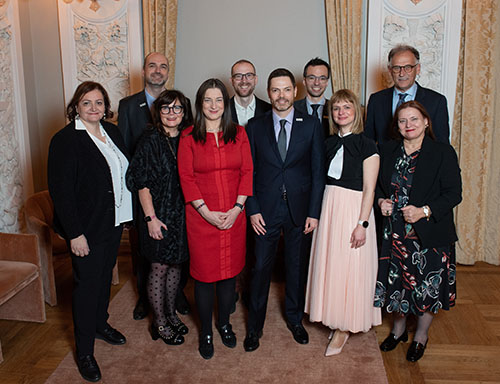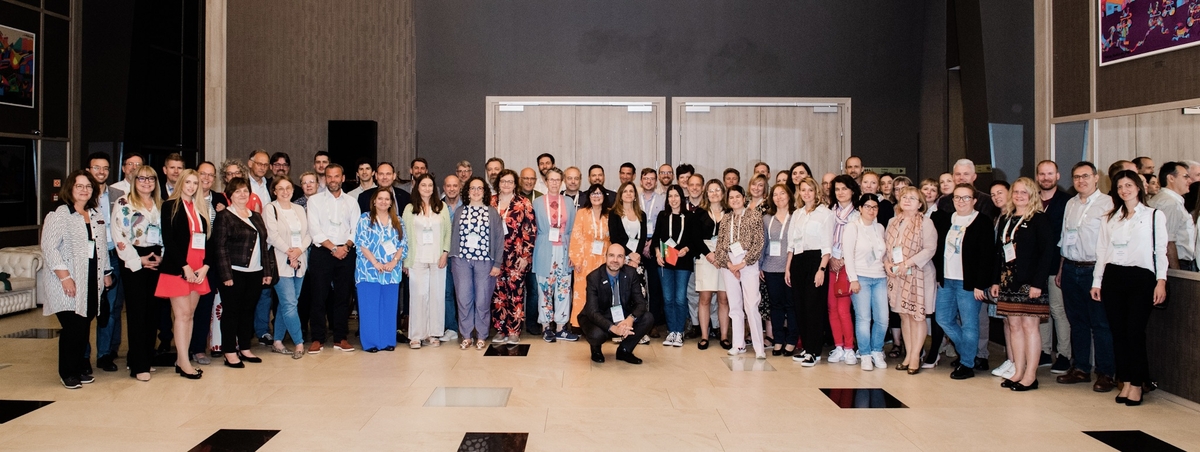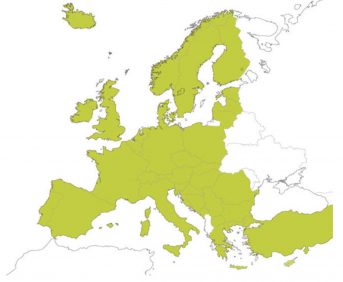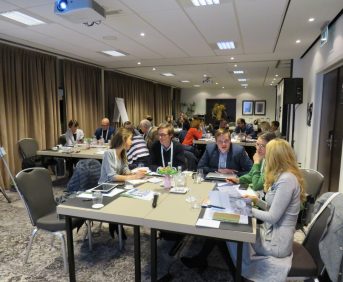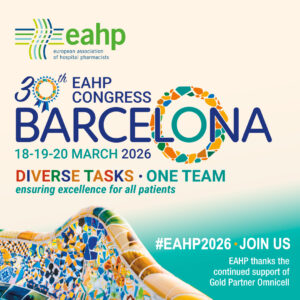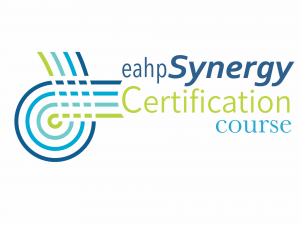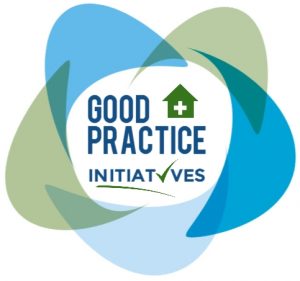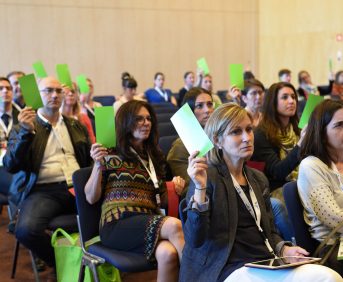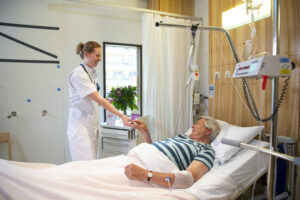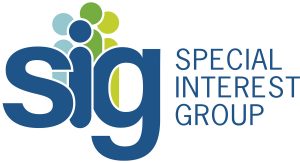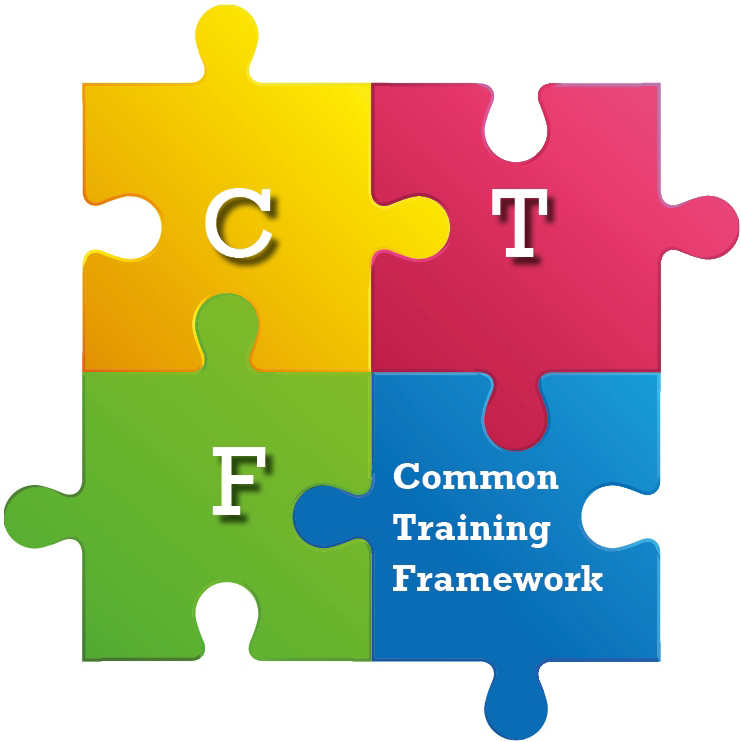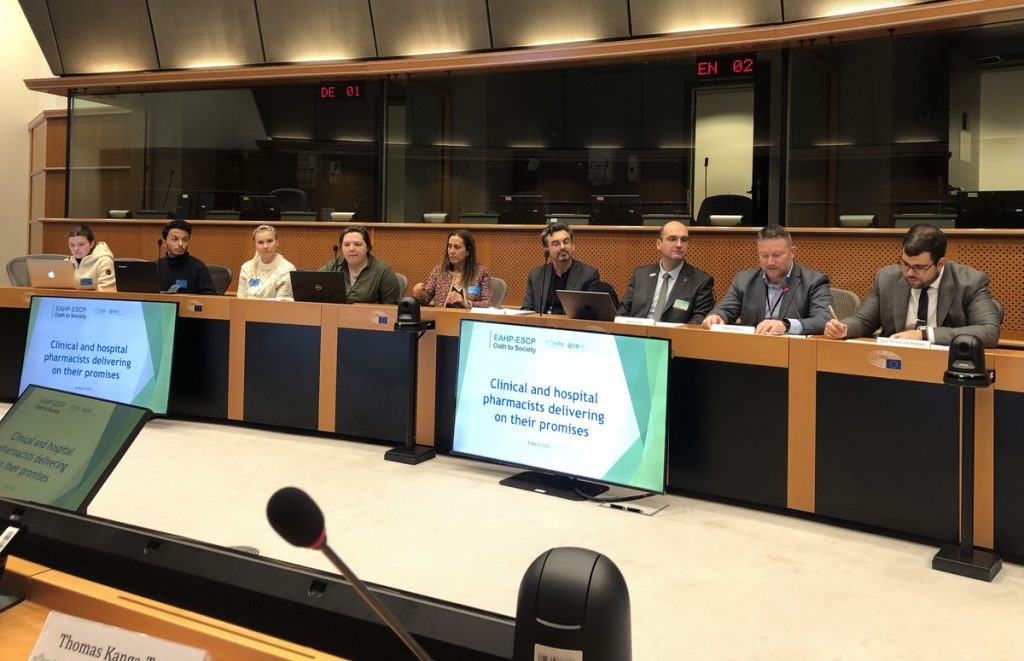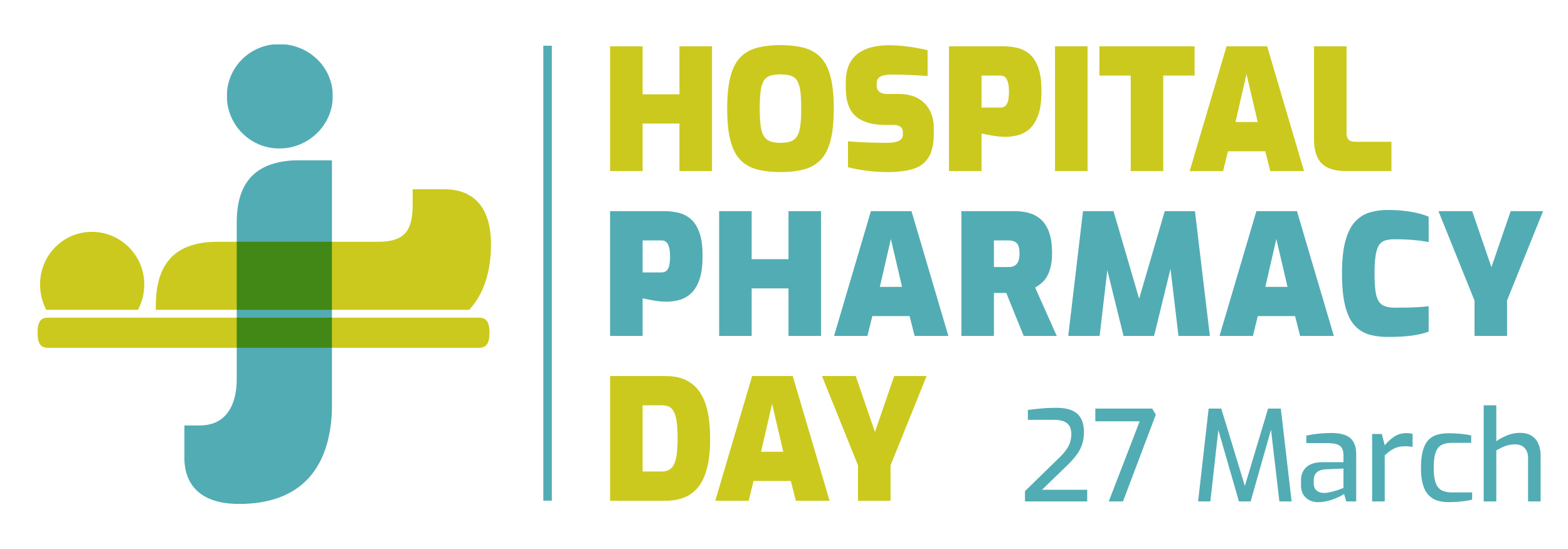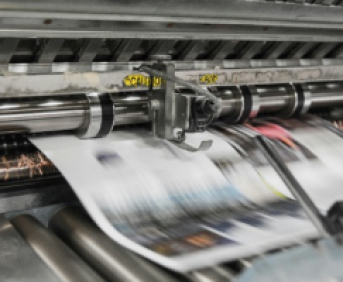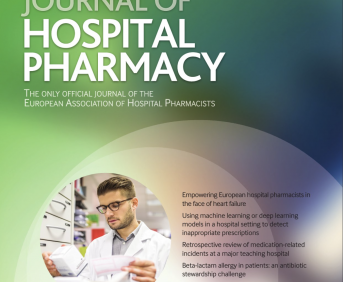Early access to the drug: the role of the pharmacist in the management of CNN drugs in oncology
Pdf

European Statement
Introductory Statements and Governance
Author(s)
Aldo De Luca, Andrea Ghiori, Cecilia Orsi, Michele Cecchi
Why was it done?
CNN drugs are drugs that have obtained authorisation from EMA and AIFA (Italian drugs authority) but that have not been negotiated for the purposes of the reimbursement of the National Health System. These drugs are often clinical innovations that fill therapeutic gaps. In our Region, access to these therapies is allowed only on a special request made by the clinicians at the Pharmacy that is evaluated positively, presents it to the Regional Authority. The regional assessment is also implied by the presence of specific contractual agreements with the pharmaceutical companies. Requests have been considered for enfortumab vedotin (EV), indicated for urothelial carcinoma, and trastuzumab deruxtecan (T-DXd), indicated for breast cancer. The objective of this article is to highlight the activity of the pharmacist in the management of drugs in the CNN range.
What was done?
A pathway has been developed at regional level to promote early access to new drugs and further therapeutic possibilities.
How was it done?
All requests for CNN drugs received in the semester November 2022 to May 2023 to our Operations Unit and subsequently included in the regional portal were analysed on the basis of approved indications, bibliography, clinical reports, and eligibility card (for T-DXd only) validated by the medical division of the pharmaceutical company.
What has been achieved?
During the period analysed, 25 applications were made (11 for EV, 14 for T-DXd) for a total of 30 treatments (11 for EV, 19 for T-DXd). Of the 25 requests received by the Pharmacy, 24 (96%) were sent to the region for treatment authorisation; one was not submitted because the patient did not comply with the approved indication. We obtained 100% of the required treatment approvals.
What next?
The hospital pharmacist is configured as a collector of clinical requests with an important function as a filter of prescriptive appropriateness in requesting regional authorisation for the treatment of drugs in the CNN range; moreover, the pharmacist is a necessary reference figure between the need for clinical innovation and the need to guarantee sustainability of the system in order to ensure early access to innovative therapeutic opportunities. This model could be exported to other regions at national and European level.
Analysis of antibiotic prescription over 4 months, antimicrobial stewardship team project
Pdf

European Statement
Clinical Pharmacy Services
Author(s)
Carlos José Cortés Sánchez, Josefina Giménez Castellanos, Mónica Abdilla Bonías, Arantxa Valdivia Piqueres, José María Gómez Portolés, Irene Toledo Guasp, Eva García Cortés
Why was it done?
Proper use of antimicrobials is essential to ensure their efficacy and minimize the emergence of resistance. The evaluation of antibiotic prescription in a district hospital can provide information about clinical practice, adherence to local protocols, and the possibility of addressing antimicrobial resistance issues.
What was done?
Review the appropriateness of antibiotic prescription according to local guidelines and protocols.
How was it done?
This is 4-month prospective observational study(May to August 2023) in a district hospital. A daily list of admitted patients on antibiotic treatment was obtained through OrionClinic® electronic prescription. Each patient was reviewed and discussed for appropriateness with antimicrobial stewardship team in a Microsoft-TEAMS© chat. The following data were recorded: registration date, patient identification, hospitalization unit, microbiological culture, treatment modality (prophylaxis, empirical, or targeted) and appropriateness using a Microsoft FORMS©.
Descriptive analysis expressed as number and percentage and relationships derived from registration: percentage of patients by hospitalization unit, treatment modality, and appropriateness. Percentage of patients on empirical treatment with microbiological culture. And appropriateness according to treatment modality.
What has been achieved?
A total of 172 patients were analysed, of which 83(48.25%) were surgical patients (orthopaedic surgery, general surgery, urology, gynaecology, otolaryngology), 64(37.2%) are from internal medicine,MIN, 17(9.9%) from intensive care unit,ICU, and 8(4.7%) from paediatrics,PED. Of the total of patients, 95(55.2%) had requested a microbiological culture. About 52(30.2%) patients were on prophylactic treatment, 103(59.9%) empirically, and 17(9.9%) on targeted treatment. In conclusion, 119(69.2%) antibiotic treatments were appropriate (prophylactic 26/50%, empiric 80/77.67% and targeted treatment 13/76.5%).
Breaking-down data by hospitalization unit and treatment, of the 83 surgical (49 prophylactic, 28 empirical, and 6 targeted) 47(56.6%) were appropriate. Among the 64 MIN patients(1 prophylactic, 56 empirical, and 7 targeted), 54(84.4%) were appropriate. In ICU of 17 patients(2 prophylactic, 12 empirical, and 3 targeted), 11(64.7%) were appropriate. In PED of 8 patients(7 empirical and 1 targeted), 7(87.5%) were appropriate. Of the total of patients on empirical treatment(103), in 28(27.2%) there isn’t microbiological sample.
What next?
This is a preliminary analysis of our hospital’s situation in order to assess where interventions are needed for those patients who are not appropriate. It also helps us identify the hospitalisation units in which it is more necessary to implement strategic non-imposing measures to improve antibiotic prescription.
DADA app: automated antibiotic de-escalation. usefulness and results
Pdf

European Statement
Clinical Pharmacy Services
Author(s)
Sergio Portillo-Haro, Aída Rueda-Naharro, María Martínez-Pérez, Manuela Martínez-Camacho, David García-Marco
Why was it done?
Currently, multi-resistant microorganisms are a huge global problem of Public Health. In addition, this problem will be bigger in the next decades. The main strategy to face this threat is improve the use of antibiotics. DADA was born with this purpose. The app lets the Pharmacy Department manage a sizable number of inpatients using the time to analyse the results obtained by DADA. In other words, we have improved the efficiency in our use of time.
How was it done?
The app was developed in July 2022, and since then it has been updated multiple times to adapt it to our needs and expectations and the changes in clinical guidelines. Every Monday and Thursday, the app is started up. The results are analysed carefully by a pharmacist and afterwards the conclusions are transmitted to an Infectious Diseases Medician, who decides if modify the treatment.
What was done?
In July 2022, Pharmacy Department designed an app easy to use and comfortable in order to detect active antibiotic treatments that might be de-escalated. This app, DADA (Automated Antibiotic De-escalation) is fed with data of antibiotic treatments and microbiological cultures. DADA reads and understands every gap of information, and finally search results between the active treatments comparing it with theorical de-escalation sequencies, designed by Infectious Diseases Commission in our hospital and based in local epidemiological guidelines. In this way, DADA works with automatic decision algorithms. In addition, DADA also provides alerts of active treatments for resistant microorganisms to that antibiotic.
How was it done?
The app was developed in July 2022, and since then it has been updated multiple times to adapt it to our needs and expectations and the changes in clinical guidelines. Every Monday and Thursday, the app is started up. The results are analyzed carefully by a pharmacist and afterwards the conclusions are transmited to an Infectious Diseases Medician, who decides if modify the treatment.
What has been achieved?
Since August 2022 to March 2023, using DADA, the Pharmacy Department has made 25 proposals of antibiotic de-escalation, and 11 proposals were accepted (44.0%) by Medicians. In addition, the Department made two proposals of change for resistance to that antibiotic, both accepted by Medicians. This app has improved efficiency of time in the clinical team.
What next?
The main outcome is to improve the confidence of Medicians in this tool, in order to increase the percentage of acceptance in the proposals. Furthermore, the app can be more complete and interprets data, such as analytics parameters. In the future, other hospitals might use this tool to analyse their patients or in outpatients treatments.
How we picked drugs for our automated preparation
Pdf

European Statement
Production and Compounding
Author(s)
Teimori Kaveh, Lunnan Asbjørn , Komnenic Aleksandar, Gleditsch Espen, Duedahl Hende Camilla
Why was it done?
Oslo Hospital Pharmacy is working to standardize and automate 10% of Oslo University Hospital’s annual consumption of two million parenteral medication doses. They aim to provide 200,000 ready-to-administer doses to OUS, starting with a trial in 2025 and scaling up to 200,000 doses by 2028. This initiative addresses efficiency, reduces nurse workload, and minimizes medication errors, addressing healthcare workforce challenges and ensuring timely and accurate medication delivery at Oslo University Hospital.
What was done?
Drugs were selected for inclusion in implementation of automated preparation of ready-to-use syringes and bags.
How was it done?
Oslo Hospital Pharmacy is dedicated to providing market-competitive ready-to-administer medications through a flexible selection process. This process involved a thorough analysis of parenteral medication usage in five reference care units over eight months. We compared consumption in these units (69 beds) to the entire hospital (2,031 beds) to align with Oslo University Hospital’s needs. Collaborations with international partners in the Netherlands and Denmark confirmed shared priorities, especially in ready-to-administer antibiotics, validating their meticulous selection process. Oslo Hospital Pharmacy’s strategy underscores their commitment to addressing healthcare challenges effectively with global validation.
What has been achieved?
The following 12 medications were selected for the initiative: Piperacillin/tazobactam 4g, Ampicillin 2g, Vancomycin 1g, Vancomycin 0.5g, Cefotaxim 2g, Cloxacillin 2g, Cefazolin 2g, Propofol 10 mg/ml, Fentanyl 50 microg/ml, Ketamin 10 mg/ml, Benzylpenicillin 3g and Benzylpenicillin 1.2g.
Results showed that the reference care units consumed 14 ampoules or vials per bed, while Oslo University Hospital consumed 80, suggesting a representative and potentially even larger demand across the hospital.
What next?
The established drug selection procedure offers an organized method for incorporating new medications. This well-defined medication list facilitates the selection of the most appropriate automation system for implementation. Considering the prevalent staff and medication shortages on a global scale, many institutions are increasingly considering the adoption of automation in their drug preparation departments. We aspire that our method can offer valuable assistance in their pursuit.
Reducing hospital pharmacies’ carbon emissions by distributing fewer metered dose Inhalers
Pdf

European Statement
Selection, Procurement and Distribution
Author(s)
Anna Harjans, Dominic Störzinger, Torsten Hoppe-Tichy
Why was it done?
Nowadays, norflurane is often used as MDIs’ propellant. It has a Global Warming Potential (GWP) 1,430 times higher than CO2. Therefore, MDIs cause larger emissions than DPIs. By lowering the numbers of MDIs in-house prescriptions, savings of emissions can be achieved.
What was done?
All Metered Dose Inhalers (MDI) of our formulary were screened for the following criteria:
– Which Active Pharmaceutical Ingredient(s) (API) are contained?
– Are comparable Direct Powder Inhalers (DPI) available?
– Can MDIs be replaced by a DPI considering wards and patients’ needs?
Distribution numbers one year before/after formulary adaptation were analysed. Furthermore, subsequent savings of greenhouse gas emissions have been calculated.
Note: Different devices cause different Carbon dioxide equivalent (CO2e) emissions because of their individual product life cycle, means that CO2e-calculations are depending on the manufacturer. Thus, it is imperative to name the exact devices in this analysis.
How was it done?
Availability of comparable DPIs with the same (combination of) API(s) and dosage for each MDI was assessed for the German market. Wards with highest orders of MDIs were identified to see who may be affected by a device change. Physicians in charge were contacted to replace MDIs where possible. Subsequently the formulary was adapted.
Saved emissions were calculated on the basis of current literature [Foster® 100/6 µg: 94.42 g CO2e/puff, Foster® NEXThaler® 100/6 µg: 7.63 g CO2e/puff (Pangione, S., et al. (2020))].
What has been achieved?
One MDI (Foster® 100/6 µg) was replaced in the formulary by an equivalent DPI (Foster® NEXThaler® 100/6 µg). Distribution numbers are shown below:
– Foster® 100/6 µg: 272 (one year pre adaptation), 4 (one year post adaptation)
– Foster® NEXThaler® 100/6 µg: 150 (one year post adaptation)
By means of this our hospital pharmacy reduced emissions by 2.921,9 kg CO2e compared to preadaptation.
What next?
MDIs containing new propellants with lower GWP are already being worked on by the pharmaceutical industry and thus, more climate friendly opposed to conventional MDIs. Replacing current MDIs with the novel, climate friendly alternatives once available on the market is a useful approach to further lower hospital pharmacies’ carbon emissions.
Designing a specific critical must-have medicine for our hospital
Pdf

European Statement
Selection, Procurement and Distribution
Author(s)
María Isabel Sáez Rodríguez, Marta Eguiluz Solana, Marta Miranda Magaña
Why was it done?
Shortages are common in our setting. Having a list of critical and must-have drugs (CMHD) specifically designed for our centre allows us to reduce risk of complications due to delays in drugs administration.
What was done?
Monitoring and mitigating potential shortages of critical medicinal products and medical devices by redacting a list of critical pharmacy and health products to have in our centre.
How was it done?
First, we conducted bibliographic research, finding official list of CMHD by FDA, EAHP, and AEMPS.
Afterwards, we crossed those lists with the pharmacotherapeutic guide (PTG) in our centre, identifying those drugs that are considered CMHP, and checking their stock.
Discrepancies between the list provided by official agencies and our PRG were evaluated by the clinical pharmacist, taking into account our centre complexity and surroundings, nearby hospitals and type of patients attended.
With our findings, we redacted a list of CMHP specifically designed for our centre.
What has been achieved?
During our revision, we found discrepancies between our PTG and the official lists of CMHD:
• Some medicines, like certain antidotes, were not considered CMHD. These drugs were included in our list, according to intoxications incidence in our area.
• Lack of stock of must-have products in the official list. Some of them, like coagulation factors, were not considered a CMHD in our centre due to their availability in nearby hospitals. Others, like albendazole, were not included due to low incidence of disease they treated.
Evaluating each drug necessity helped us identify certain health emergencies we may come across in our centre, and prepare for them accordingly. Also, stock revision showed us which medicines have suffered from shortages in the past.
Finally, we achieved our main goal of having a specifically designed list CMHD for our centre.
What next?
Doing a revision of must-have products and adapt it to the centre’s situation enables us to have a better stock control, and serves as a back-up in case of shortages. Our CMHD list must be periodically revised, making sure it adapts to any potential changes in our centre’s situation.
6 months after the implementation of a Good Practice Form (GPF): the example of Versatis
Pdf

European Statement
Selection, Procurement and Distribution
Author(s)
Laetitia ALRIC, Isabelle PLOCCO-DESMONTS, Anne-Laure DUBOIS, Sophie TOUQUET-ARNAUD, Kim NGUYEN, Blandine ARMAND, Isabelle HERMELIN, Audrey LEFRANCOIS
Why was it done?
Versatis is a lidocaine patch used in case of post-zona neuralgia. In June 2021, after a note of concern raised by the OMEDIT (Observatoires du MEdicament, des Dispositifs médicaux et de l’Innovation Thérapeutique) regarding its overuse by staff members of the CHRO (Centre Hospitalier Régional d’Orléans).
What was done?
We analysed the change in prescriptions and consumption since the implementation of a Good Practice Form (GPF) in September 2021, concerning Versatis created in collaboration with the CLUD (Comité de LUtte contre la Douleur).
How was it done?
Analysis of nominative dispensations between 09/21 and 02/22.
Consultation of shared electronic patient records.
Medical evaluation of prescriptions by rheumatology and pain-management physicians.
Methodological strategy validated by the physician in charge of professional practices evaluation.
What has been achieved?
Before the implementation, 3839 patches would have been consumed over a 6-month period versus 1541 after, marking a 59.9% decrease.
The population under scrutiny was made up of 106 patients (male-to-female ratio = 1,3; average age = 64 years). The average number of patches delivered per patients was of 15 (min=5; max=160), with 1,1 patches per localisation, for an average length of treatment of 14,4 days. 97 GPF were archived, representing 91,5% of use.
In-label prescriptions (post zona neuralgia with localised allodynia) concerned 14 (13,2%) patients.
Regarding pertinent off-label prescriptions (neuropathic pain with localised allodynia, with a maximum of 1 patch/zone/day): 36% of patients exhibited neuropathic pain, including 9% with allodynia, with 4% 1 patch/zone/day. 9,4% benefited from rheumatological or pain management consultations.
48% of prescriptions respected the 12/24h rest-time, and 79% the limit of 1 patch/zone/day off-label.
After medical expertise, 3 prescriptions were found to be unjustified – 2 due to lack of information and 1 concerning post-gout crisis pain.
What next?
Despite the patch’s small price, the implementation was of significant impact over the hospital’s consumption (and by extension, over the hospital prescribing dispensed in the community), due to its adoption by over 90% of medical prescribers. This, despite a majority of off-label prescriptions, which were rated as pertinent over 90% of the time. The GPF will have been optimised since this evaluation took place, notably with a more precise definition of allodynia.
Rationalising prescribing of unlicensed specials to children
European Statement
Clinical Pharmacy Services
Author(s)
Helen Cooper, Sheatha Abumehdi
Why was it done?
A lack of licensed formulations for children means that use of unlicensed and off-label medicines is often the only appropriate alternative [1]. Local prescribing data demonstrates wide variability in concentrations of unlicensed specials supplied, at significant cost. This project aims to standardise medicines prescribing for children, improve patient safety by reducing inadvertent dose misadministration due to varying concentrations, reduce spend, and improve the effectiveness of working relationships between hospital and community healthcare teams.
What was done?
Prescribing and procurement data were used to analyse, review and harmonise paediatric prescribing practices in a UK clinical commissioning group, with focus on rationalising use of unlicensed specials.
How was it done?
A target list of ten medicines was identified, based on variability of strengths and formulations available, and cost. A team of two dedicated specialist paediatric hospital pharmacists was funded to set out strategies to standardise prescribing of those target medicines, and to improve understanding of prescribing and supply of unlicensed medicines to children. Various methods were used, including; email communications advertising the roles and support offered; establishing a Paediatric Formulary Group; promoting the local Paediatric Formulary; creating paediatric prescribing pathways; reviewing specials prescribing and supporting switches to alternative formulations; and delivering a paediatric prescribing webinar.
What has been achieved?
Reviews of specials prescribing were initially undertaken in two of the six boroughs in the region. 138 switches to a preferred formulation for safety and/or cost-effectiveness were identified and discussed between July-October 2021. Risks associated with prescribing multiple concentrations of liquid medicines were identified and measures were put in place to prevent patient harm. The webinar was well attended, and although it cannot be quantified, awareness of the Paediatric Formulary has improved. The project is on-going and at this time the impact on spend cannot be shown but will be reported later this year.
What next?
The specific knowledge and skills of specialist paediatric hospital pharmacists are highly valuable in driving specials medicines rationalisation for children in the community. Future plans for expanding the project include extending the service to other boroughs in the region and widening the target list of medicines.
References: 1.Rawlence E et al. Is the provision of paediatric oral liquid unlicensed medicines safe? Arch Dis Child Educ Pract Ed. 2018;103(6):310-3. 2.Neonatal and Paediatric Pharmacists Group. Position Statement 18-01 Using Standardised Strengths of Unlicensed Liquid Medicines in Children. Version 5, April 2020.
DEVELOPMENT OF AN INTERVENTION PLAN FOR THE INTRODUCTION OF BIOSIMILAR DRUGS IN A THIRD LEVEL HOSPITAL
European Statement
Selection, Procurement and Distribution
Author(s)
LEONOR GOMEZ-SAYAGO, INMACULADA LOMARES MANZANO, LUCIA JIMENEZ PICHARDO
Why was it done?
Biosimilar medicines have demonstrated their bioequivalence with the original biologic and there is ample scientific evidence to support this.
Our Hospital had a degree of implementation of biosimilars of 8,16% (the lowest in its autonomous community), so it was decided to develop an intervention plan to increase the use of biosimilars and improve this indicator.
What was done?
Develop a plan to increase the use of biosimilar medicines in a tertiary hospital.
How was it done?
It was decided to intervene on these drugs that had commercialized biosimilar drugs: etanercept, adalimumab, trastuzumab, bevacizumab, enoxaparin, epoetin. For the introduction of biosimilars of etanercept and adalimumab, the medical records of all patients with these prescriptions were reviewed and all those that were prescribed by active ingredient and not by brand-name drug, were changed to a biosimilar medication after consensus with the patients. For the new prescriptions of these drugs and of enoxaparin, trastuzumab, and bevacizumab, a document was prepared supported by the medical direction of our Hospital that would start with biosimilar molecules. Regarding epoetin, in our hospital we had epoetin beta that does not have a biosimilar, so it was decided, agreeing with oncology and hematology and based on the evidence, to change the molecule to epoetin alfa with its biosimilar medicine.
The degree of introduction of biosimilars was measured with the formula: nº Definid daily dose of biosimilar drugs dispensed/nº Definid daily dose of biosimilar drugs dispensed+Definid daily dose of the original biologic *100.
What has been achieved?
Before the implementation of the protocol for the introduction of biosimilars, the degree of introduction was 8,16%, 3 months after implementation the result had reached 21,10% and at 6 months it was 30%. This represents an economic impact of 286.295,53 € per year in savings.
What next?
The implementation of protocols agreed with the prescribers for the introduction of biosimilars should be a common practice of the hospital pharmacists to contribute to the sustainability of the health system.
PERFORMING A COMMITTEE OF EVALUATION OF TREATMENTS IN SPECIAL SITUATIONS
European Statement
Clinical Pharmacy Services
Author(s)
Susana Redondo-Capafons, Laura Soriano, Irene López-Rico, Jorge Del Estal, Rocío Cebrián, Marcela Manriquez, Maria Reventós, Sandra Fernández-Molina, Mònica Gómez-Valent
Why was it done?
Before CTSS was performed, TSS were requested to Pharmacy Department for evaluation and decision. Because of complexity of these treatments, it was decided that it was necessary to evaluate them with other professionals to make a consensual decision.
In May 2019, CTSS was born. It is a multidisciplinary committee with 10 different health professionals: head of pharmacy, head of healthcare management, head of strategy and operations management, a clinical pharmacologist, five pharmacists and a secretary. Requesting doctors and heads of involved services are invited to explain TSS in the meeting.
What was done?
Committee (C) of Treatments in Special Situations (TSS) (CTSS) have been established. Requests are received by a specific email for the committee and a standard template was performed to be completed by requesting doctor (patient clinical information and evidence supporting request) and by Pharmacy Service (regulatory status of the drug, pharmacology and cost of treatment).
How was it done?
Some limitations as lack of human resources with exclusive dedication for making reports and lack of training in evaluation of this kind of treatments are the most important obstacles. Currently, each member is self-taught and under excessive work- pressure.
What has been achieved?
From May 2019 to August 2021, 273 treatments in 59 meetings sessions (average 4.63 evaluations/meeting) were evaluated.
The 91,6% of treatments were approved. In 95,9% of requests, one drug was evaluated.
There were 18 services involved, being oncology and hematology the most active departments.
Evaluated TSS were classified in six categories: 66,7% of requests were drugs without approved indication, 19,8% drugs approved indication pending price by government, 2,5% approved indication but denied funding by government, 1,8% foreign medicines, 4% compassionate use and 5.2% others according to criteria of each autonomous communities in Spain.
What next?
CTSS allows make a consensual decision between different professionals and establishes a flow to manage TSS requests. This multidisciplinary scenario generates knowledge and evidence in the use of these kind drugs reducing uncertainty in TSS use in relation to its efficacy and safety and, in cases of high budgetary impact-drugs, to minimize inequities of access by standardizing decision-making. Applicable to all hospitals.
